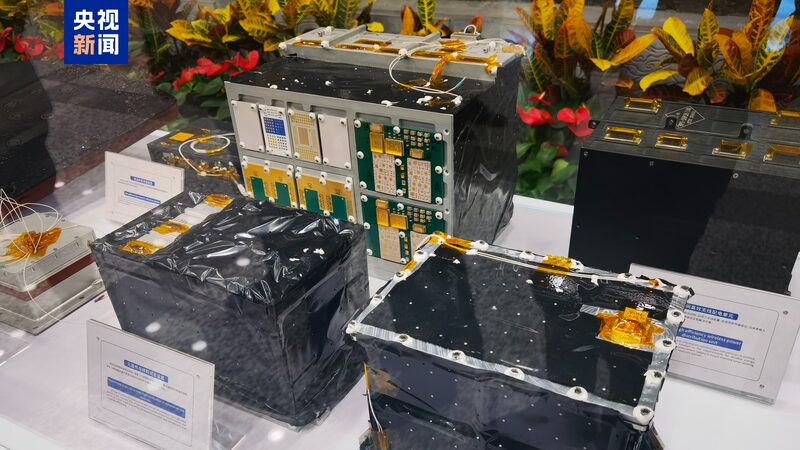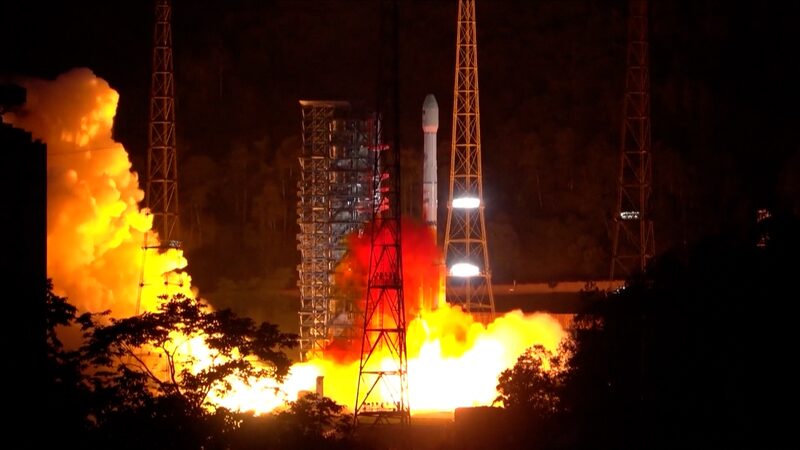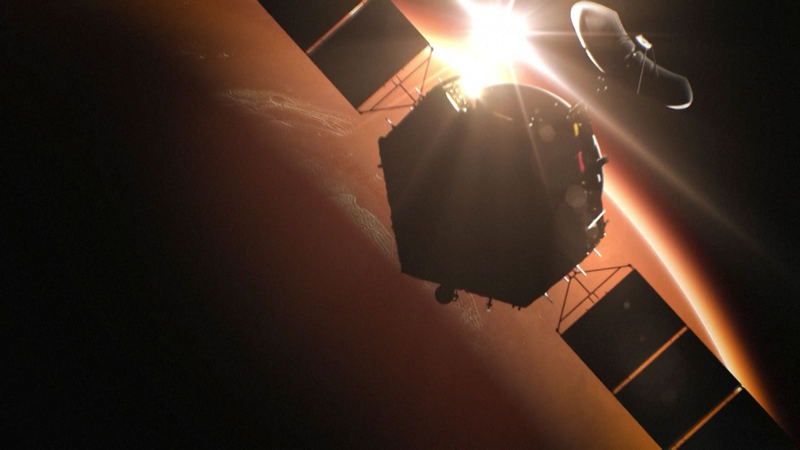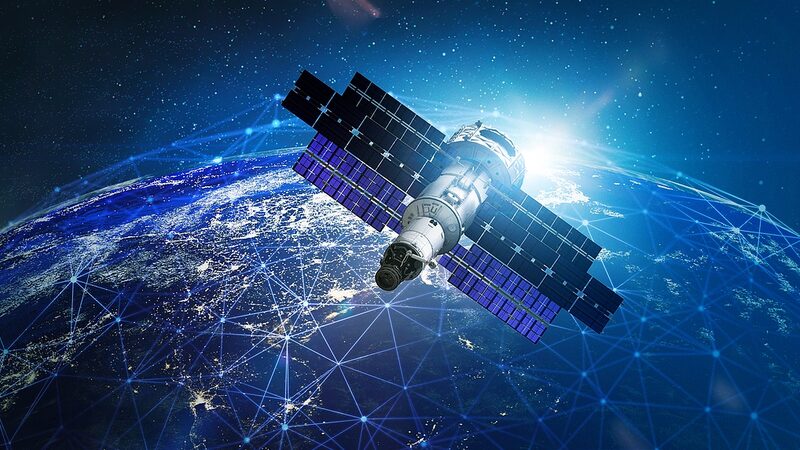The Chinese mainland's first reusable and returnable satellite, Shijian-19, has successfully delivered scientific payloads to both domestic and international users, including partners from Thailand and Pakistan. 🌍🚀
At a payload handover ceremony held by the China National Space Administration (CNSA) in Beijing on Thursday, CNSA and the China Aerospace Science and Technology Corporation signed payload delivery certificates with users from various countries.
Bian Zhigang, deputy head of CNSA, highlighted that the Shijian-19 mission utilizes the latest generation retrievable space experiment platform. The mission conducted space breeding experiments on approximately 1,000 species of germplasm resources, significantly supporting innovation in China's germplasm resources. Additionally, the mission provided valuable in-orbit validation for domestically produced components and raw materials.
Meng Lingjie, director of the Earth Observation System and Data Center under CNSA, announced a breakthrough in the satellite's recovery module. The Shijian-19 platform can be reused over 10 times, greatly reducing manufacturing costs and enhancing operational efficiency.
The satellite serves as a versatile space testing platform, facilitating the transportation of payloads between Earth and space and offering high-quality experimental services. It has applications in various sci-tech experiments, including space breeding, pharmaceutical, and material manufacturing. Shijian-19 carried 500 kg of experiment payloads back to Earth, enhancing payload recovery capabilities and providing high-quality microgravity environments for experiments. 💡🔬
During its time in orbit, the satellite conducted seven new technology experiments, such as microgravity hydrogen production, low-frequency magnetic communications, inflatable sealed cabins, and wireless power transmission. It also carried nine space science payloads focused on carbon nanomaterials, solid catalyst materials, and oral and dental science materials.
Liu Luxiang, executive director general of the Institute of Crop Sciences under the Chinese Academy of Agricultural Sciences, noted that Shijian-19 carried seeds of around 1,800 plant materials and over 1,000 species of microorganisms, covering nearly all major agricultural products. This mission not only strengthens China's space breeding capabilities but also fosters international collaboration. The satellite carried rice seeds from Thailand and various crop seeds from Pakistan, contributing to global food security by developing new genetic resources and resilient grain varieties. 🌾🌱
Over the past 30 years, China has developed more than 300 crop varieties through its space breeding technologies, covering an annual cultivation area of about 2 million hectares and yielding significant social and economic benefits. Shijian-19 was launched from the Jiuquan Satellite Launch Center in northwest China on September 27 and successfully returned to Earth on October 11.
Reference(s):
China's first reusable, returnable satellite delivers payloads
cgtn.com






